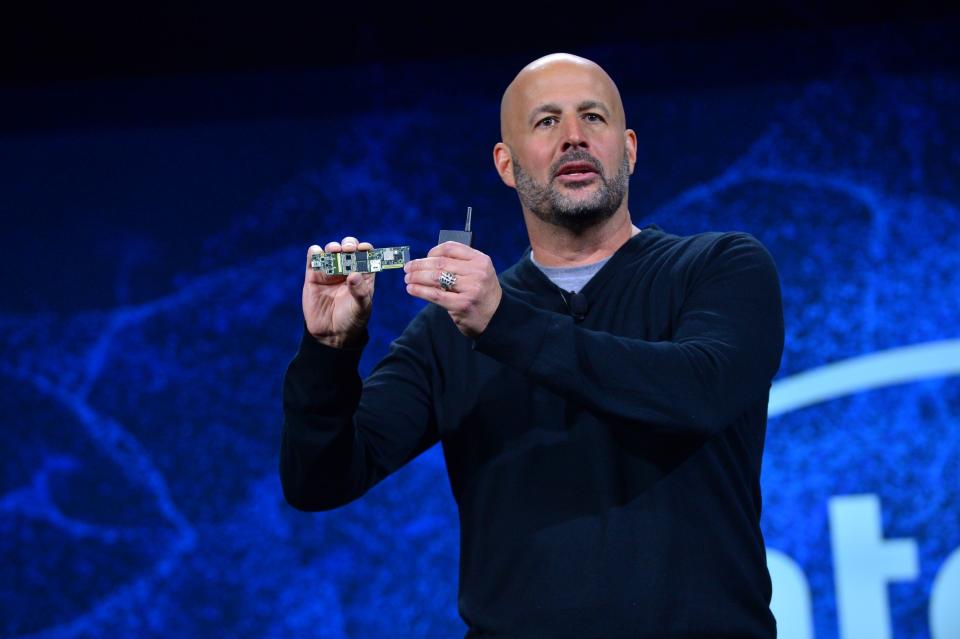Intel's Plan to Defeat Qualcomm in Laptops
For years, makers of processors based on ARM architecture have tried to crack the market for Windows-based personal computer processors. Every time, the results have been unsuccessful, to put it charitably.
The Windows software ecosystem is fundamentally built around Intel (NASDAQ: INTC) x86 architecture, so ARM-based solutions struggle, from applications that simply don't work to others that move slowly because they need to be emulated to run on the ARM-based hardware.
But now, Qualcomm (NASDAQ: QCOM) is taking another crack at the Windows PC processor market with its latest ARM-based Snapdragon processors. The company routinely touts some advantages of its platforms, including battery life and integrated cellular connectivity, but the fact remains that Qualcomm-based Windows PCs just don't sell well.

Image source: Intel.
While Qualcomm already faces an uphill battle in the world of Windows-based laptops, Intel may further reduce the odds that Qualcomm will succeed, with its new Lakefield chip.
Lakefield sure seems like a Snapdragon competitor
Intel previewed Lakefield at the 2019 Consumer Electronics Show. The company says this chip represents a significant departure from its previous notebook products in two respects. The first is that it uses the company's advanced 3D packaging technology, called Foveros, to stack silicon dies built using different manufacturing technologies, something that the company says "will enable a the combination of world-class performance and power efficiency in a small form factor."
The second point is that it uses a hybrid CPU architecture that combines one of the company's high-performance Sunny Cove processor cores with four of its lower-power Tremont cores. Sunny Core will be at the heart of the company's future Core and Xeon processors for PCs and data centers, respectively, and Tremont cores are the company's next-generation Atom CPU cores.
If this approach sounds familiar, it's because combining lower-power processor cores with higher-performance ones in the same chip is a common practice in the world of ARM-based mobile processors.
The bottom line is that Lakefield appears to be a product designed with performance and power consumption that can compete with Qualcomm's Windows-oriented Snapdragon processors but with the distinct advantage that they're based on Intel rather than ARM architecture, ensuring superior software compatibility. It also helps Intel's case that Lakefield will be supplied by a company that has a long history of developing PC platforms, as well as deep business relationships with PC manufacturers. Qualcomm, on the other hand, is a relative newcomer to this ecosystem.
Sorry, Qualcomm
Even if Lakefield weren't on the way, I'd be highly skeptical of Qualcomm's chances of success as a Windows PC processor supplier. But with Lakefield set to be "in production this year," according to Intel, and with the company presumably working to bring better versions of that class of products to market, Qualcomm's chances for long-term success in the Windows PC market now look even more remote.
More From The Motley Fool
Ashraf Eassa owns shares of Qualcomm. The Motley Fool owns shares of Qualcomm. The Motley Fool has a disclosure policy.
